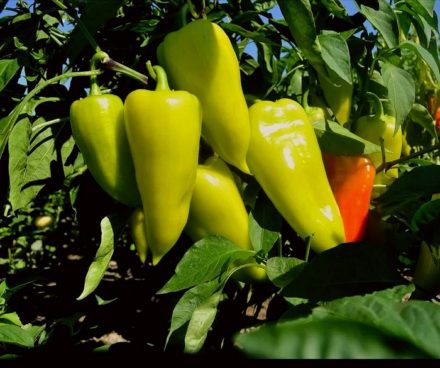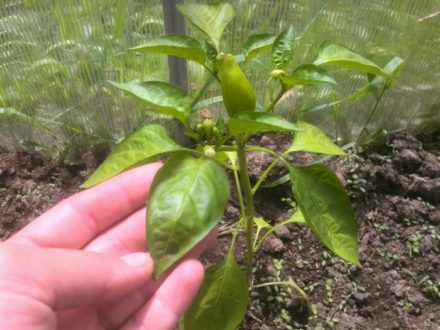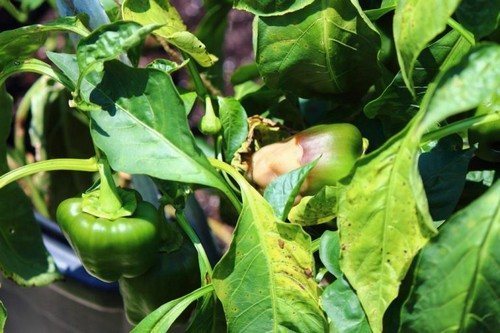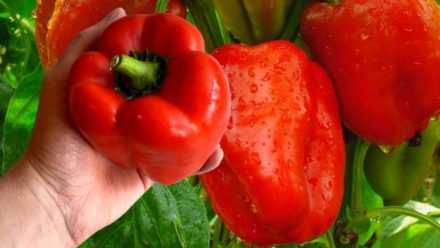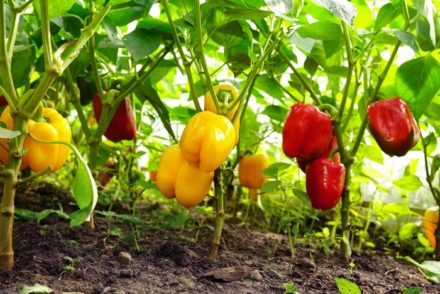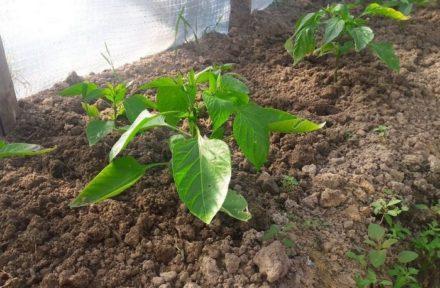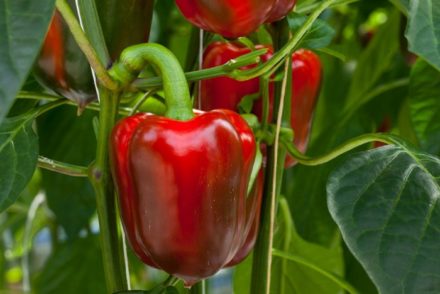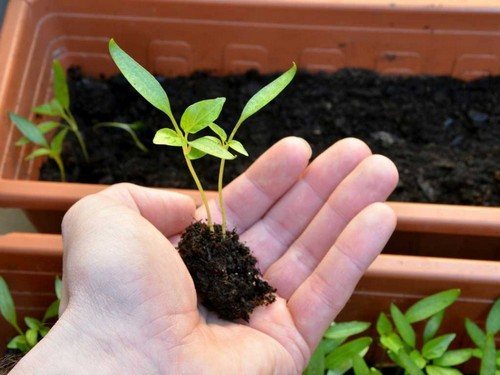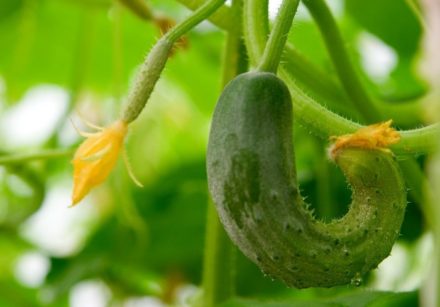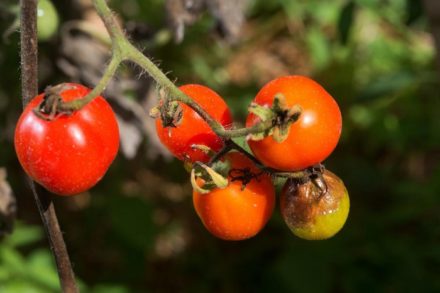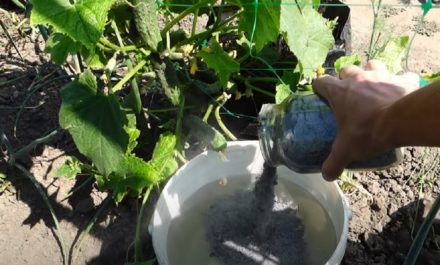Pepper is not an easy crop to grow. The plant is very capricious and does not forgive mistakes in care. Wanting to do the best, gardeners sometimes commit harmful actions, because of which the quality of the crop suffers. Or, conversely, they do not take the necessary steps. Beginners often repeat the same 4 mistakes.

Excessive watering
Gardeners do not always manage to correctly calculate the frequency of watering and the volume of water applied. These parameters depend not only on the size of the bushes, but also on the current weather. Undoubtedly, peppers need moisture in order to form thick, juicy walls of the fruit. But the line is thin. Trying to saturate the peppers with water, it is easy to over-moisten the soil.
The root system of pepper is sensitive to excess moisture and rots easily. It is better to reduce watering and cover the soil surface in the garden bed with mulch. Then the moisture will evaporate more slowly. Water the plants as soon as the leaves become a little drooping. In rainy and cool weather, watering is skipped. On average, plants need to be watered once every 3-4 days, adding 5 liters of water to each bush.
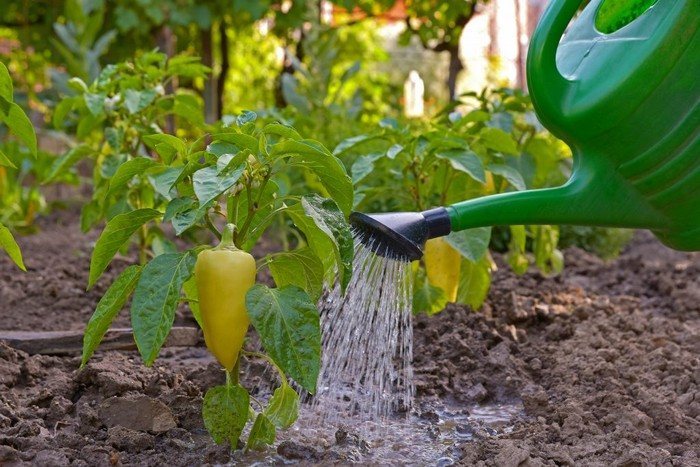
Deep loosening
Loosening is a useful procedure that allows you to break up the hard crust on the soil surface that forms after watering or rain. Compacted soil prevents air from reaching the plant's roots.As a result, the condition of the root system deteriorates and the pepper absorbs nutrients worse.
However, when loosening the beds, summer residents do not always take into account the peculiarities of the culture. Pepper has a superficial root system, which is easily damaged when working with the soil. If such a nuisance occurs, the plant may even die. You need to carefully loosen the soil in the pepper bed using a small rake.
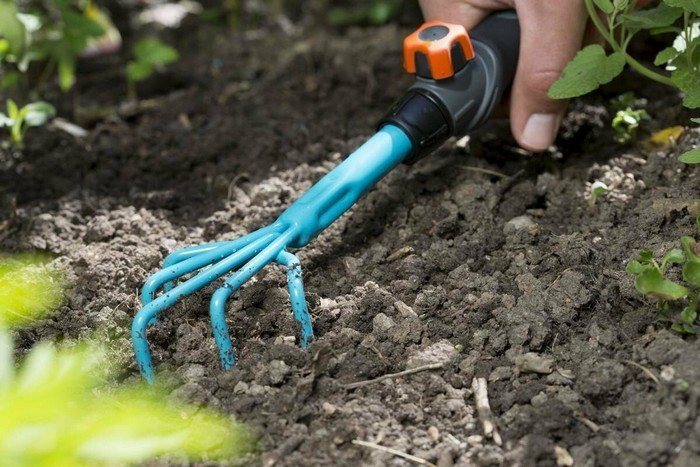
Refusal of the garter
Even if the manufacturer of the variety does not recommend gartering as a mandatory technique, it is better to fix heavily loaded shoots. If the stem breaks off, part of the harvest will be lost. In the case when the shoot simply bends, fruit formation will continue, but the pods will be deformed and will not acquire the desired size. This procedure is especially necessary for tall varieties.
The stems must be fixed in a vertical position at the moment when they begin to bend slightly. You need to tie up not only the shoots, but also the fruit clusters. To secure the bushes, you can use individual supports in the form of wooden pegs or a horizontal trellis made of stretched twine. The stems are tied using twine, fabric ribbons, and special hooks. The fastening should not be tight.
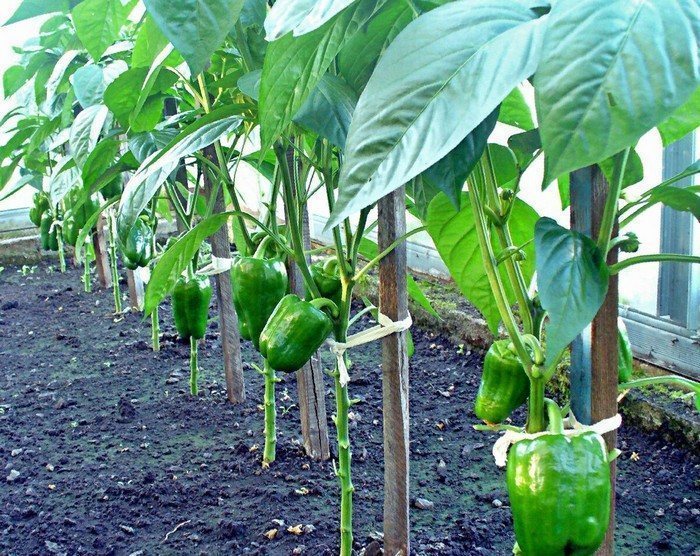
Insufficient feeding
Sometimes gardeners believe that the fertilizers placed in the holes during planting will be enough for the plants to last throughout the entire growing season. Peppers are not fed or fed rarely. However, even when growing crops in fertile soil, it is necessary to regularly apply fertilizers.
At the fruiting stage, it is advisable to use complex formulations containing a full range of macro- and microelements.This can be a universal fertilizer for vegetables or specialized fertilizers for peppers and tomatoes from any manufacturer. Wood ash can be a substitute for a store-bought product.
Ash contains large quantities of phosphorus and potassium, which are necessary for fruiting. There are a lot of important microelements in ash powder. The solution is prepared from 2 cups of ash per 10 liters of hot water. Cover the bucket with a lid and allow the composition to brew for 8-12 hours. The finished infusion is used for watering and spraying on the leaves.

Only by taking into account all the needs and characteristics of peppers can you get a healthy harvest from them. It is also advisable to remove old leaves at the bottom of the bush and growing shoots from time to time. In this case, nutrition will be spent by the plant more rationally.


